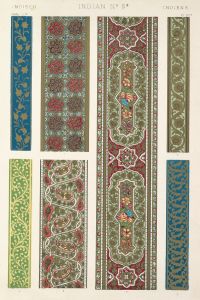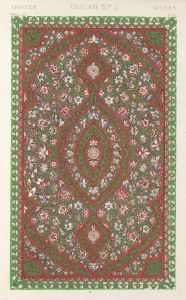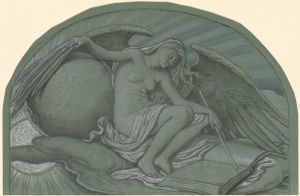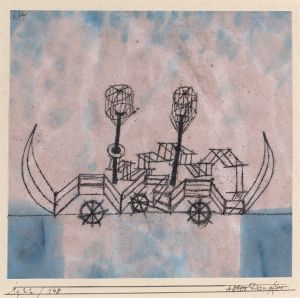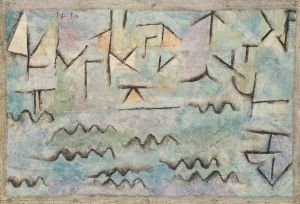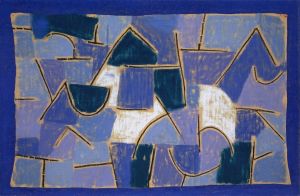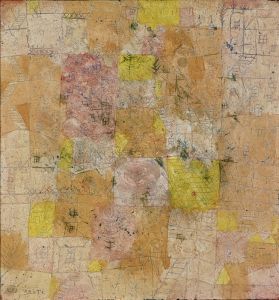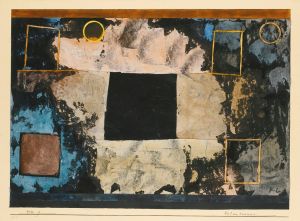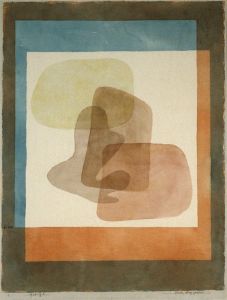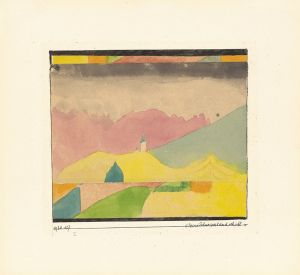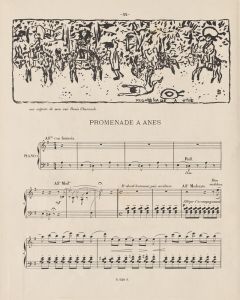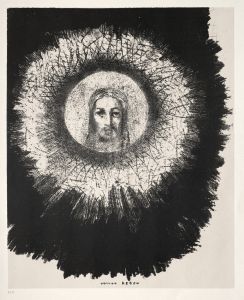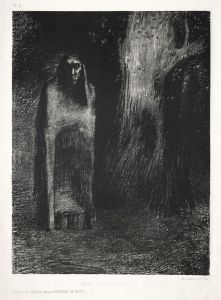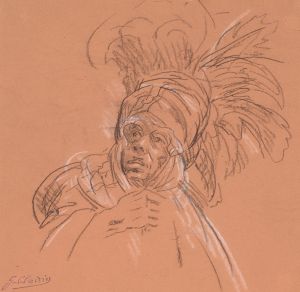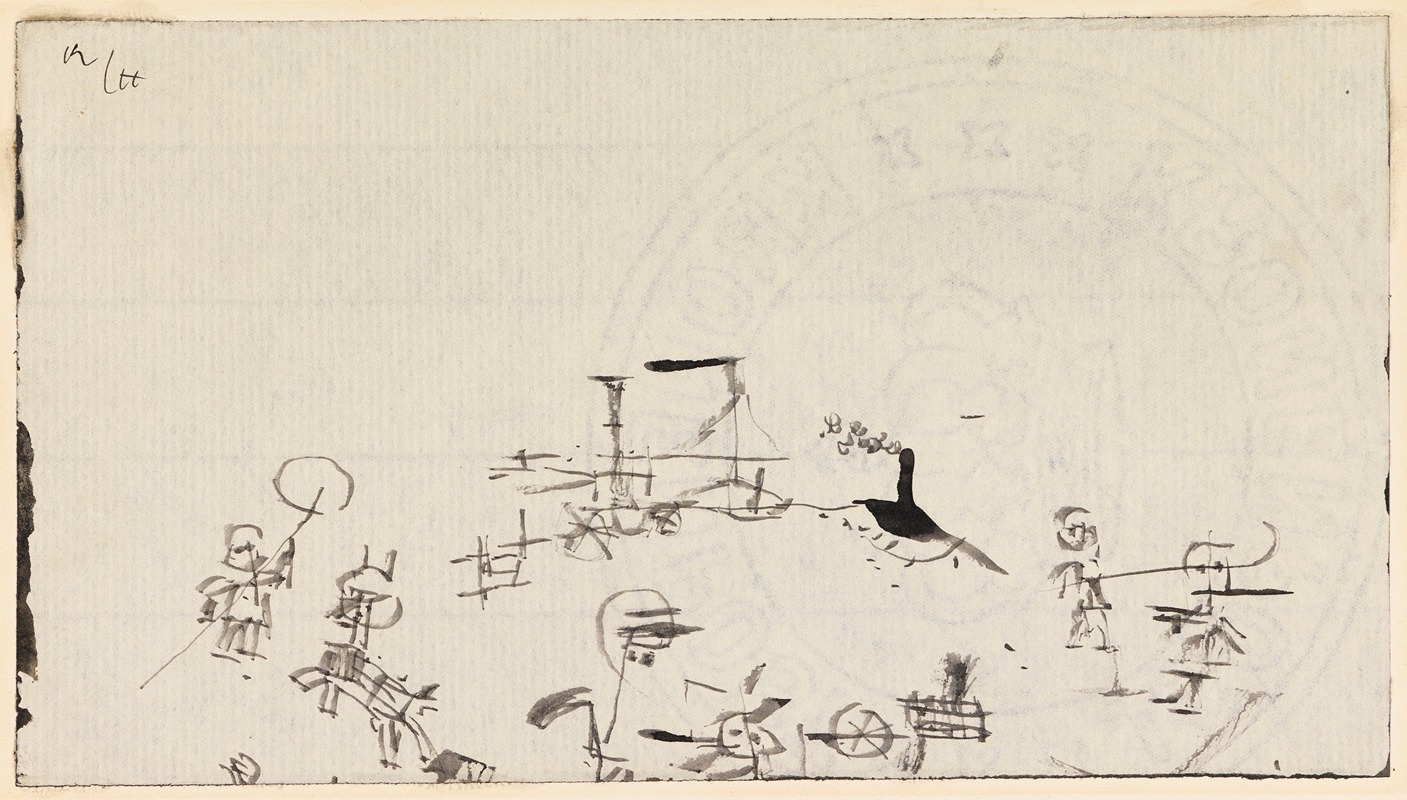
Belebter Strand
A hand-painted replica of Paul Klee’s masterpiece Belebter Strand, meticulously crafted by professional artists to capture the true essence of the original. Each piece is created with museum-quality canvas and rare mineral pigments, carefully painted by experienced artists with delicate brushstrokes and rich, layered colors to perfectly recreate the texture of the original artwork. Unlike machine-printed reproductions, this hand-painted version brings the painting to life, infused with the artist’s emotions and skill in every stroke. Whether for personal collection or home decoration, it instantly elevates the artistic atmosphere of any space.
Paul Klee's "Belebter Strand" (translated as "Lively Beach") is a notable work by the Swiss-born German artist, who is renowned for his highly individual style that was influenced by movements in art that included Expressionism, Cubism, and Surrealism. Klee's work is characterized by his unique use of color and his ability to blend abstraction with figuration, often incorporating whimsical elements and a sense of playfulness.
"Belebter Strand" was created in 1924, a period during which Klee was teaching at the Bauhaus, the influential German art school that combined crafts and the fine arts. The Bauhaus was known for its approach to design that sought to unify art, craft, and technology. Klee's time at the Bauhaus was a prolific period in his career, during which he developed many of his theories on color and form, which he also imparted to his students.
The painting itself reflects Klee's fascination with the interplay of color and form. "Belebter Strand" is an example of Klee's ability to create a sense of movement and life through abstract forms. The composition features a series of geometric shapes and lines that suggest figures and objects on a beach, capturing the essence of a lively seaside scene without resorting to realistic depiction. This abstraction allows viewers to engage with the painting on an imaginative level, interpreting the forms and colors in a personal way.
Klee's use of color in "Belebter Strand" is particularly noteworthy. He employed a vibrant palette that includes blues, reds, yellows, and greens, which interact harmoniously across the canvas. This use of color is not merely decorative but serves to evoke the mood and atmosphere of a bustling beach scene. Klee's understanding of color theory, which he developed during his time at the Bauhaus, is evident in the way he balances and contrasts these hues to create a dynamic composition.
The painting is also an example of Klee's exploration of the relationship between abstraction and figuration. While the forms in "Belebter Strand" are abstract, they are suggestive of real-world elements, such as people, umbrellas, and waves. This duality is a hallmark of Klee's work, inviting viewers to find recognizable shapes within the abstract forms and to derive their own meanings from the painting.
"Belebter Strand" is housed in the collection of the Kunstmuseum Basel in Switzerland, which holds a significant number of works by Klee. The museum's collection provides insight into the breadth of Klee's artistic output and his development as an artist. As with many of Klee's works, "Belebter Strand" continues to be studied and appreciated for its innovative approach to color and form, as well as its ability to convey emotion and narrative through abstraction.
Overall, "Belebter Strand" exemplifies Paul Klee's unique artistic vision and his contribution to modern art. Through his innovative use of color, form, and abstraction, Klee created a work that captures the imagination and invites viewers to explore the lively scene he depicted in his own distinctive style.





